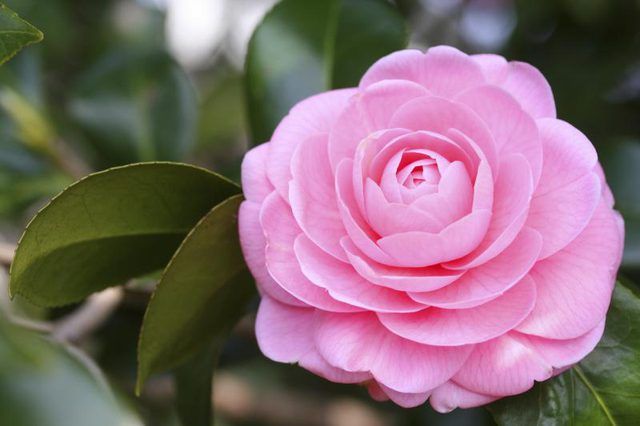Bulbs
Flower Basics
Flower Beds & Specialty Gardens
Flower Garden
Garden Furniture
Garden Gnomes
Garden Seeds
Garden Sheds
Garden Statues
Garden Tools & Supplies
Gardening Basics
Green & Organic
Groundcovers & Vines
Growing Annuals
Growing Basil
Growing Beans
Growing Berries
Growing Blueberries
Growing Cactus
Growing Corn
Growing Cotton
Growing Edibles
Growing Flowers
Growing Garlic
Growing Grapes
Growing Grass
Growing Herbs
Growing Jasmine
Growing Mint
Growing Mushrooms
Orchids
Growing Peanuts
Growing Perennials
Growing Plants
Growing Rosemary
Growing Roses
Growing Strawberries
Growing Sunflowers
Growing Thyme
Growing Tomatoes
Growing Tulips
Growing Vegetables
Herb Basics
Herb Garden
Indoor Growing
Landscaping Basics
Landscaping Patios
Landscaping Plants
Landscaping Shrubs
Landscaping Trees
Landscaping Walks & Pathways
Lawn Basics
Lawn Maintenance
Lawn Mowers
Lawn Ornaments
Lawn Planting
Lawn Tools
Outdoor Growing
Overall Landscape Planning
Pests, Weeds & Problems
Plant Basics
Rock Garden
Rose Garden
Shrubs
Soil
Specialty Gardens
Trees
Vegetable Garden
Yard Maintenance
How to Fertilize Camellia Trees
How to Fertilize Camellia Trees. Grown for their sumptuous blossoms and glossy evergreen foliage, camellias (Camellia spp.) run contrary to many common gardening expectations. With varieties suited to U.S. Department of Agriculture plant hardiness zones 6 through 10, camellias flower from late fall into early spring -- when most plants slow down...

Grown for their sumptuous blossoms and glossy evergreen foliage, camellias (Camellia spp.) run contrary to many common gardening expectations. With varieties suited to U.S. Department of Agriculture plant hardiness zones 6 through 10, camellias flower from late fall into early spring -- when most plants slow down for winter. Timing camellia fertilizers right is as important as the type of fertilizer you use. Get it wrong, and the plant may not survive. As a general rule, when you see flower buds and lovely blossoms, keep camellia fertilizers far away.
Camellia Basics
Understanding camellia fertilizer starts with knowing how and when the plants grow. Camellias are shallow-rooted, light feeders that do better with too little fertilizer than too much. To make the most of nutrients in healthy garden soil, camellias need a soil pH near 6.0 to 6.5. In this range, the elements camellias need most stay readily available to the plants. Active camellia growth happens from early spring through late summer, when flowers are not in sight. Camellia blooms appear during their dormant season. Excellent drainage year-round is essential for healthy camellia roots and nutrient uptake.
Fertilizer Timing
Most camellia fertilizers should only be applied during active growth. When growth buds plump up and new spring growth begins, it's time to feed. Until blooming ends, the plants can't process nitrogen-containing, growth-stimulating fertilizers. You should generally fertilize camellias three times per season. The first feeding coincides with the start of new growth, and two more feedings follow at six- to eight-week intervals. The final feeding should fall in midsummer. For most home gardeners, these are the only times to fertilize your camellias. Some camellia enthusiasts chase after exhibition-worthy blooms with nitrogen-free bloom enhancers, but garden camellias don't benefit significantly from these.
Recommended Fertilizer
Garden center shelves are lined with fertilizers for camellias and other acid-loving plants. These fertilizers provide basic nutrients along with extra boosts of iron and other elements camellias get in low-pH soil. Many camellia growers prefer natural, slow-release products instead. Cottonseed meal provides safe, acid-building nutrients for camellias' sensitive roots. For container-grown camellias, use 1 tablespoon of cottonseed meal for each 1 gallon of container size. For example, use 5 tablespoons of cottonseed meal each time you fertilize a 5-gallon container. For landscape plants, use the plant's height as a general guide and use 1 tablespoon for each 1 foot. Spread the meal around the plant's root area, then water well.
Camellia Precautions
Always water camellias well the day before you plan to fertilize, and never let a newly fertilized plant get overly dry. Never use nitrogen-containing fertilizers -- even gentle cottonseed meal -- when camellias are budding or blooming. They'll steal your blooms and injure roots and stems. If you choose water-soluble, fast-release fertilizers over slow-release, organic options, stick with one-half the recommended dose. This is especially important in hot climates. When unexpected hot spells call for more water, those fertilizers release ahead of plan. Extra watering leads to excess nitrogen and fertilizer burn. If high heat is forecast, delay camellia fertilizer or skip the application.